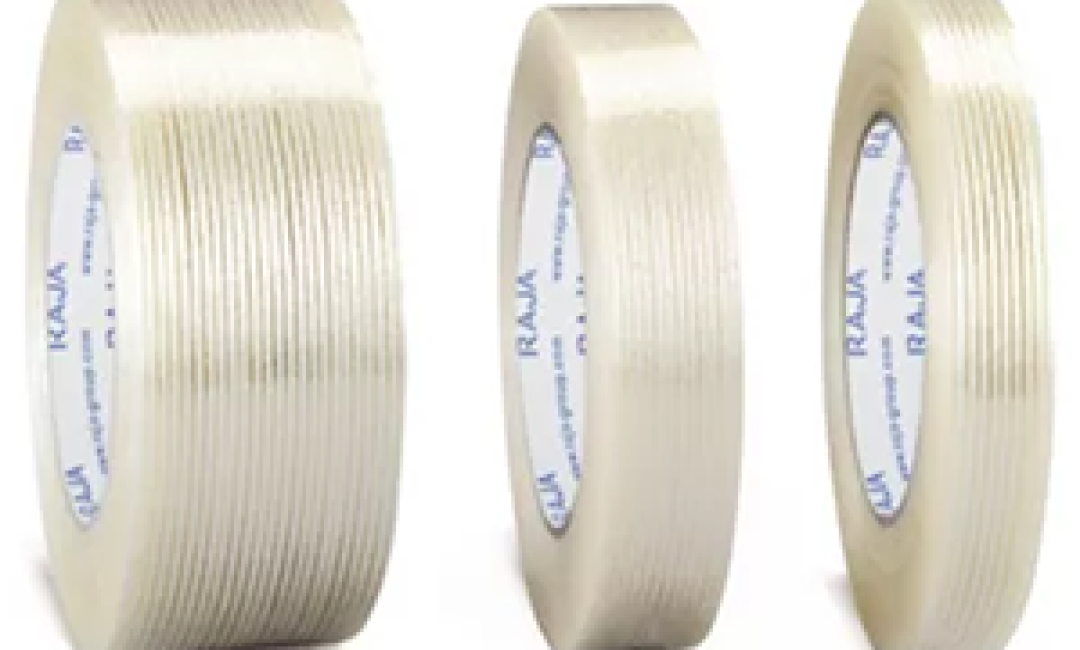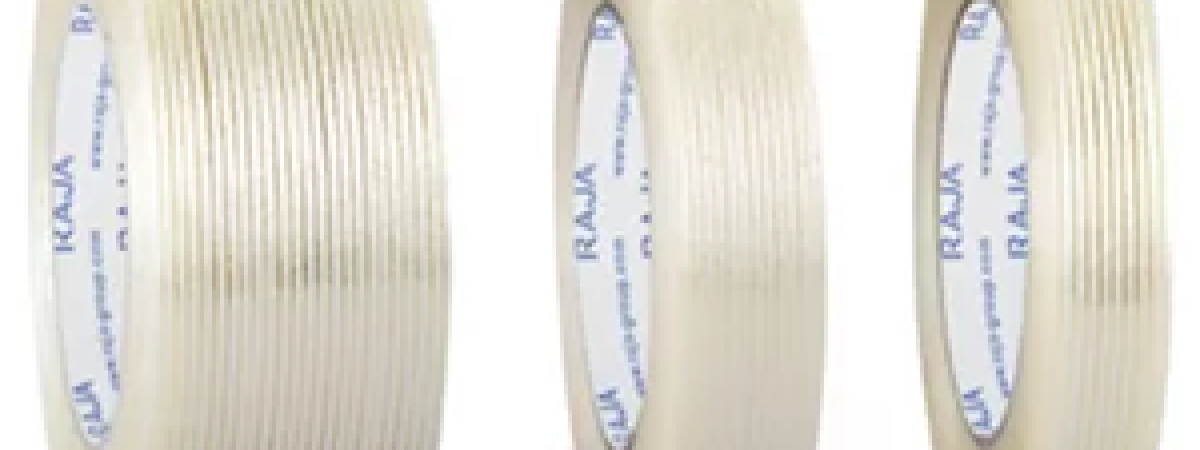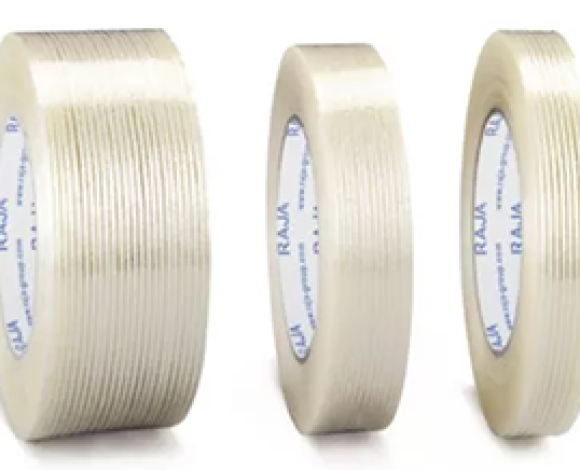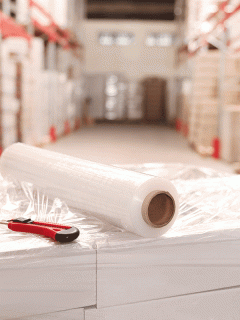Whether in production or in sales – everywhere there is a lack of sufficient space for storing goods. When organising a warehouse, however, much more than just the available space is important. On the one hand, there must always be enough goods in stock to avoid bottlenecks. On the other hand, however, goods should not be stored excessively in order to save space and thus costs. The right storage method must therefore take into account both storage space design and product sorting for optimal order picking.
Storage according to the ABC method
The ABC method is based on the Pareto principle. This is a statistical phenomenon: in goods storage, it stands for the fact that 20% of the stored items account for 80% of the total consumption value of the stock. In other words, it means that not all goods are equally in demand – a few goods account for the highest consumption.
The ABC method makes use of the principle in the sorting of goods. The stock is categorised and divided into three categories: A, B and C. To classify the goods, a check of the stock is necessary. A counting scale can be very helpful for recording small parts. The evaluation is then carried out according to the rules:
A – goods whose annual consumption value is the highest. So the 20 % of the goods that are 80
B – These goods have an average consumption value and correspond to about 30 % of the stock and a consumption value of 15 %. These products are placed at the bottom of the shelves.
C – Goods with the lowest consumption value. These goods represent about 50% of the stock and 5% of the consumption value. Products in this category are placed high on the shelves.
Not only the sorting on the shelves, but also the entire warehouse itself can be optimised for an optimal workflow: Items that are in high demand are located near the picking area. All other items are sorted into the rear shelves as demand decreases.
LIFO and FIFO method
FIFO stands for “First in – First out” and means stock that is stored first is also consumed first. In storage, it can be important that products are consumed in the order in which they were put away, perishables being a good example. This prevents some of the products from spoiling in the warehouse just because they are at the very back of the shelf.
Flow rack system
Flow rack systems can be used to realise the implementation. For example, the folding box on a pallet is always inserted on one side and removed from the opposite side. Due to a height difference between the loading side and the removal side, the pallet can slide down roller conveyors. If something is removed, the next pallet automatically follows.LIFO method
The implementation can be realised with flow rack systems. The goods on a pallet, for example, are basically always inserted on one side and removed from the opposite side. Due to a height difference between the loading side and the removal side, the pallet can slide down roller conveyors. If something is removed, the next pallet automatically follows.
Finding the right storage system
Depending on the type of item and the consumption of the stored products, the appropriate storage method is then selected. Perishable products with a use-by or best-before date must definitely be stored using the FIFO method. In merchandise management, this is the common method. This is the only way to ensure that the oldest products are also put into circulation first.
The FIFO method can of course be combined with the ABC method. This not only optimises the throughput of goods, but also saves time during order picking due to shorter distances.
For non-perishable goods, the LIFO method is used. The items at the front of the shelf are easier to reach during order picking than those further back.
Once the choice of storage method has been made, it is necessary to decide on the equipment of the warehouse. There are different types of storage, depending on the type of goods: Sand, for example, can be stored in an open-air warehouse or water in a tank farm. Finished products and small parts are stored in classic storage racks. Last but not least, the transport of the goods plays an important role: Which transport equipment is suitable? And can roller convey ors further optimise storage?
If you also need support with warehouse set-up or warehouse optimisation, we will be happy to advise you with individual solutions.



















